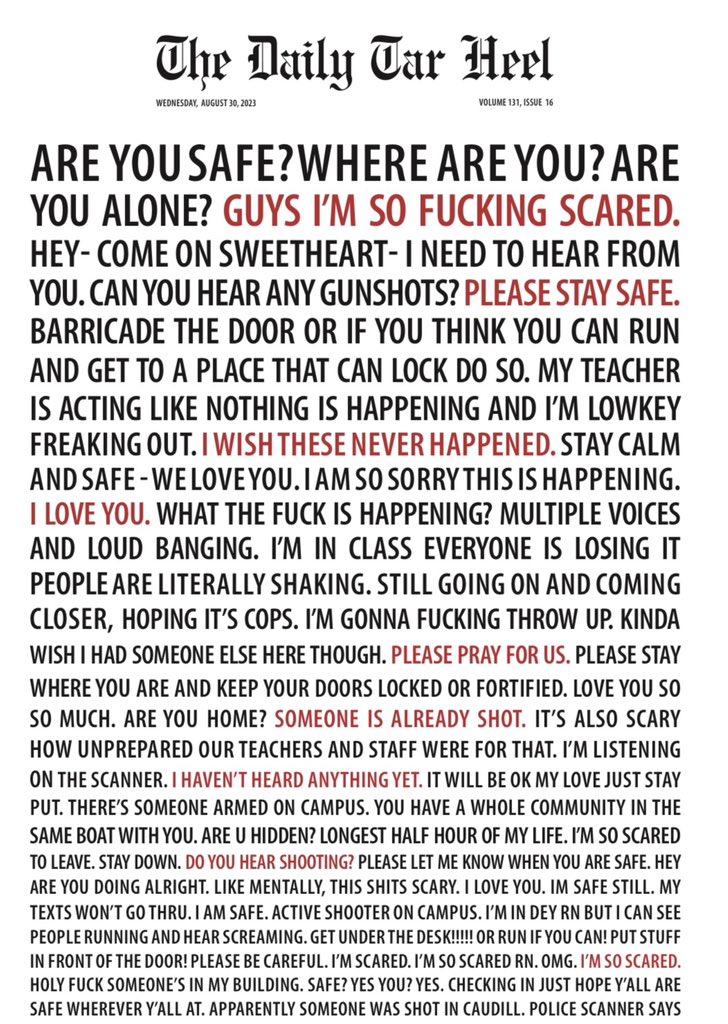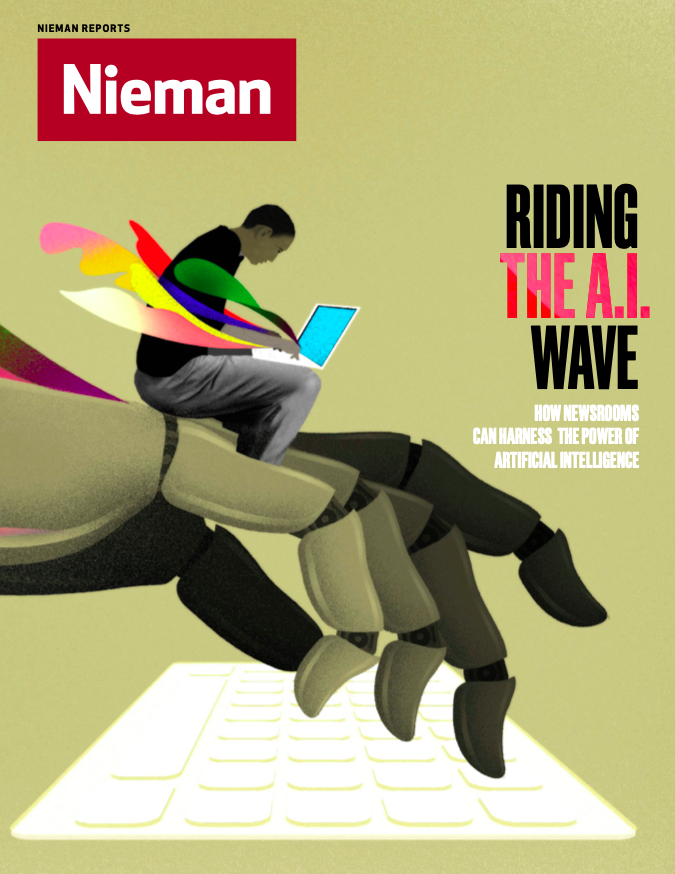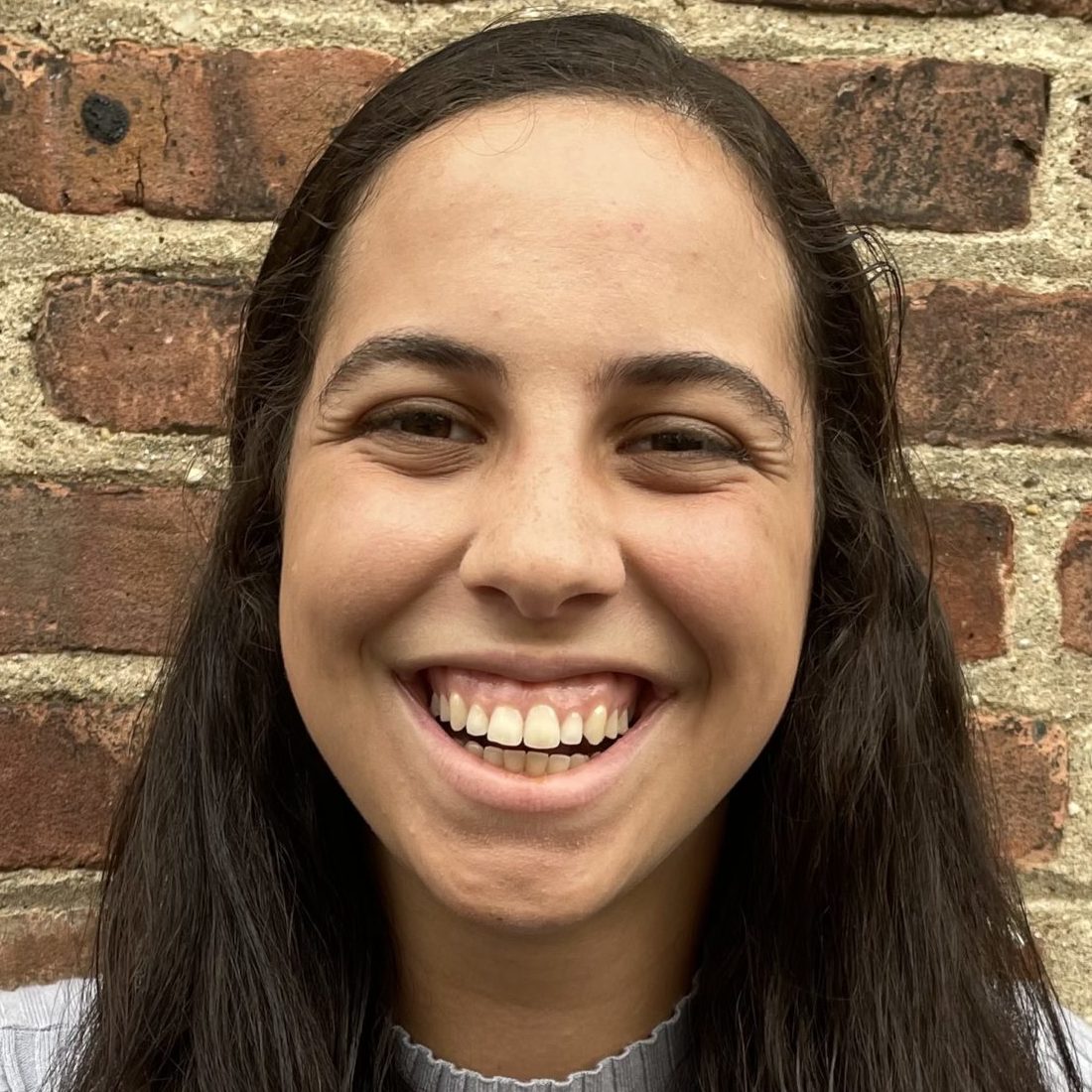
After a gunman fatally shot a professor on the UNC campus, The Daily Tar Heel published the texts students exchanged on its front page
After a gunman fatally shot a professor on the University of North Carolina at Chapel Hill campus on Monday, Aug. 28, the editors of The Daily Tar Heel, UNC’s student newspaper, were unsure of what their front cover should be. At first, they thought to print a blank page, symbolizing the loss for words the community had following the tragedy. But what The Daily Tar Heel’s editors had a hard time verbalizing were found in the various text messages students sent and received while in lockdown: “I’m in class and everyone’s losing it;” “Hey – Come on sweetheart – I need to hear from you;” “Are you safe?” These text messages, along with others recounting the fear UNC community members felt that day, made up the front page of the Aug. 30 print issue of The Daily Tar Heel.
That front page has since gone viral for its powerful and gut-wrenching display into the terror caused by gun violence. This year, there have been 86 incidents of gunfire on school grounds, reports Everytown for Gun Safety, resulting in 27 deaths and 59 injuries. “This was the front page of UNC-Chapel Hill’s Daily Tar Heel. No student, no parent, and no American should have to send texts like these to their loved ones as they hide from a shooter,” President Joe Biden tweeted. “I’ve never seen a better front page. And neither have you,” Columbia Journalism School’s Bill Grueskin posted.
Nieman Reports spoke with Emmy Martin, the editor-in-chief of The Daily Tar Heel, about how the viral front page came to be, covering the news while also being the news, and why student journalism is uniquely equipped to report on issues like gun violence. This conversation has been edited and condensed for clarity.
Where did the idea for the front cover come from? What was the process of putting it together?
Before the lockdown occurred, we planned a different print paper to come out on Wednesday. I was fully focused on the upcoming football season. Of course, after the events of Monday, we knew that that couldn’t be our paper. As soon as I got out of lockdown on Monday, I met with my staff in the newsroom. We were talking about what our front page would look like after such a tragic event, and no one really knew exactly what we wanted. I think it was hard to put words to something so raw and so recent at that time, and so after kind of talking it through with everyone in the newsroom, we left that conversation thinking that we had to do something different from our normal front page coverage. We were thinking maybe a fully blank page, because we’re not words to describe what the students had gone through.
Monday evening, after everyone had gone home from the newsroom, I was thinking through the events that happened that day. I was looking through text messages that I personally have received. I was also looking on social media — specifically, I was looking at Instagram. I was seeing so many text messages, asking, “Are you safe? Are you okay?” that people had posted from the lockdown. That’s when it clicked for me that if I was receiving these messages, and all of these people were also receiving these messages, it’s something shared by every student on campus. I knew that that had to be our front page.
The next morning, we asked all of the editors of The Daily Tar Heel to reach out to their friends and acquaintances asking if they felt comfortable to message me their text messages that they sent or received on Monday. And almost as soon as I sent my message to the editors, I started getting so many screenshots from people, all of those really intimate and scary texts, [and] you can really feel the emotion. I worked with Caitlin Yaede, our print managing editor, and then she put them on the page. As soon as we saw them all together in one place, it was incredibly moving. That’s how we knew that was what we would do for our Wednesday edition.
What was the reaction to the cover on campus?
As soon as papers hit our blue boxes around campus on Wednesday, they were almost all empty by midday, which is unusual for our print papers. It was incredible to see. We printed a couple thousand more [papers] and handed them out in the pit, which is a large meeting place on UNC’s campus, the next day. The reactions from students were very supportive. Looking through social media, even Tuesday evening before our print paper had even come out, it was all over people’s social media. It was moving to just tap through people’s stories and see our front page over and over and over again [and see] so many screenshots all across social media. We saw a large outpouring of support from students and community members, but also people who could relate to the cover — people across the country who have either had people they love experience an active shooter situation, or they themselves had experienced that situation.
The cover — along with the work of The Daily Tar Heel and student journalism at large — has received a lot of support online. How can people who are just tuning into the work of The Daily Tar Heel and other campus newspapers support student journalism?
We received more page views than we’ve probably seen in one day ever. It was more than 500,000 page views on Monday. Of course, that’s not why we’re doing our work, but to see the community look to us for clarity and information during the lockdown — and then to also see so many people across the nation look at our cover and support us and send love — was really rewarding. Many people donated to our paper, which has been really helpful to support our student journalists. We’re a fully independent nonprofit organization, so of course finances are of our concern. That has been helpful to keep us going. We’ve been able to provide bonuses for our student journalists because of that support, so we can keep pushing and keep investigating this situation, and also just keep producing top high-quality student journalism. I think any school newspaper faces similar struggles. A lot of people can understand how helpful even just like $5 or $10 could be. We’ve also received a lot of support from other student journalists, and student journalists who have also covering an active shooting situation on campus, which has been incredibly moving.
Schools and universities are often at the center of conversations of gun violence. Where do you see student journalists positioned in reporting on the issue?
I think student newspapers on college campuses are uniquely situated to report on gun violence, especially on campuses because they’re so close to the issue. After living through the events of Aug. 28, I know people in my newsroom who also were in lockdown or were scared for their life. They can relate to the students they’re talking to for their stories on a different level from perhaps a professional journalist. I think that makes students more comfortable when talking. It’s important to note that the only reason The Daily Tar Heel could create that cover was because we’re students too, and we’re close to other people on campus in ways that perhaps The News and Observer in Raleigh can’t quite be. We are uniquely situated in a way where we’re obviously separated from what we’re reporting on because we’re journalists, but we’re also connected to it because we’re students. That’s something all student journalists can connect with and understand. It’s a weird place to be. It’s important in training to share [that] we’re prioritizing an unbiased perspective, but it’s also really helpful because you can connect with your sources in a different way.
While The Daily Tar Heel worked to report out the shooting, you were also in lockdown and experiencing the shooting as it happened. How do you balance covering the news while also being part of it?
Going through lockdown was tough. I probably used reporting as a way to cope with what was happening across campus. I think a lot of student journalists probably feel that way if there’s a shooting on campus. I was sitting in the library of the journalism building at UNC, so I was surrounded by a lot of other student journalists, which, in a way, was helpful. Everyone was very calm, and we all were kind of just trying to figure out what was happening, and of course, turning off the lights, locking doors, staying away from windows.
I would say it was a very weird experience to be reporting the news and later, kind of be a part of the news. It showed me how important the work of student journalists is. I’m really thankful that our community trusts our coverage and knew to look for The Daily Tar Heel on Twitter or online or on Instagram, even while they’re sitting in locked rooms. Because I think there’s a lot of misinformation that occurs during events like this coming out on social media, or between Snapchats from students or texts. So, I think it [was] important that we were sure that we were reporting what was happening, what it was like, what the facts were, while we were trying to verify them ourselves throughout that process.
It must be taxing to both report on the lockdown while also processing the events of that day. How are you and your newsroom taking care of yourselves and each other during this time?
The past week has been a mixture of craziness while also being very quiet on campus. We didn’t have class on Tuesday or Wednesday. I think a lot of people felt scared. People I talked to really didn’t want to go back to class on Thursday. I’m thankful that my professors made classes optional. Today was my first day back to classes, and I will say it’s been a little tough for me, especially going back into the building where I was on lockdown. It was just a struggle to try to get back into the swing of things and try to make things feel normal again.
Mental health-wise in the newsroom, I gave my staff off work Thursday through Sunday; usually we work those days. Of course, there was a was a need for student journalists in the newsroom to work after the shooting, so no one had really received a break when every other student had classes off. Our reporters and photographers and editors were in the newsroom working. Part of that is a necessity. It’s just part of our job. But it’s hard to be a student and a journalist and to process a traumatic event after all the other students had. So this week, [we’re] just trying to make sure that everyone’s okay and that we’re taking time to talk through what happened and also to give people some grace if they want to stay home for a day or work remotely. People are starting to come back to the newsroom, and I think people are appreciating those few days we had off. I’m not going to sit here and pretend like it was enough time to process everything, but it was definitely a start.



